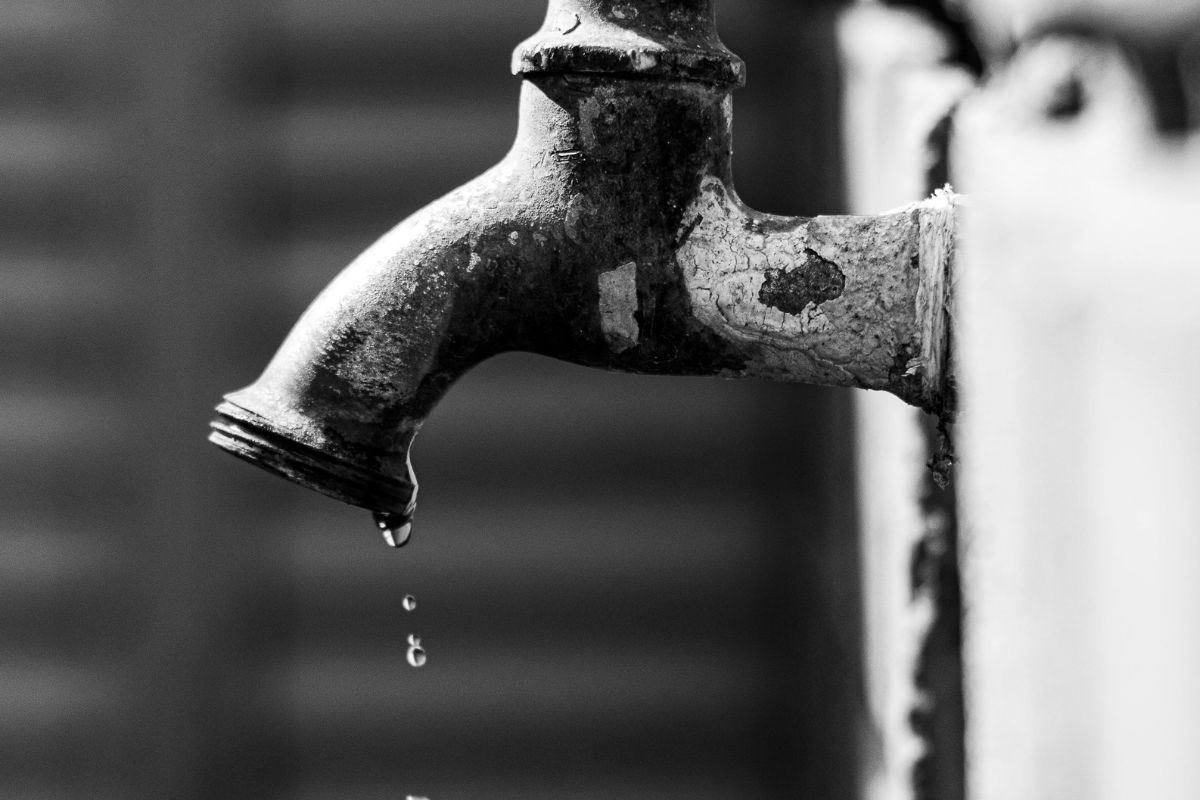“When did my six-pack become a barbell rack?” That realisation hits many new dads when chasing a toddler up the stairs feels like a marathon. Fatherhood brings life’s greatest rewards, but often arrives with late nights, takeout dinners, and sweatpants as formalwear.
As RTE star Arthur Gourounlian puts it, “I did this to feel lean, to be healthy, and to move forward in life with clarity, purpose, and love, especially for my little family.” The result? A softer midsection and concerns that the “dad bod” hints at deeper health risks.
The facts are stark: 44% of fathers say their weight improved over the past three years, yet they spend $980 annually on weight-loss products, more than double non-fathers ($433). In Illinois alone, 31% of adult men are obese and 40.4% are overweight; 32.5% have high blood pressure, and 12.7% live with diagnosed prediabetes. Fatherhood and “health slip” often collide, but the “dad bod” is far from inevitable.
Why the Dad Bod Takes Hold
Hormonal & Lifestyle Shifts
New fathers experience testosterone declines combined with sleep disruption and stress, accelerating fat gain around the midsection.
Sedentary Routines
Only 28.3% of men meet both aerobic and muscle-strengthening guidelines.
Time Constraints
Among Mexican-heritage fathers, “lack of time” topped exercise barriers. Between work and childcare, carving out 30 minutes feels impossible.
Missed Health Screenings
Although 71.4% of Illinois men had physicals in the past year, 9.1% waited five years or more, missing early signs of hypertension, high cholesterol, and prediabetes.
Actionable Strategies to Get Fit Again
Research-backed strategies, compiled by Vanswe Fitness, to help fathers reclaim strength and vitality without sacrificing family time.
Step 1: Master NEAT (Non-Exercise Activity Thermogenesis)
NEAT burns calories through daily activities beyond formal exercise. Studies show NEAT can vary by up to 2,000 calories daily between similar individuals, enough for one pound of fat loss weekly.
Quick Wins:
- Park farther from destinations
- Take the stairs instead of the elevators
- Stand or walk during phone calls and short refreshment breaks
- Do squats while unloading groceries
Research tracking 300 adults found that burning just 287 extra calories daily through NEAT reduced death risk by 30%.
Step 2: Deploy HIIT for Maximum Impact
High-intensity interval training burns 25-30% more calories than steady-state exercise in significantly less time. HIIT sessions can deliver results in 10-20 minutes while traditional workouts require 45-60 minutes.
The Formula:
- 20 seconds maximum effort
- 40 seconds recovery
- Repeat 8-12 cycles
Studies show three 20-minute HIIT sessions weekly produce 2kg fat loss over three months without dietary changes, plus 17% reduction in dangerous visceral fat.
Step 3: At-Home Workouts That Include Family
Nap Time Resistance Circuit: 3 rounds of 10 squats, 10 push-ups, 10 lunges delivers strength training in 15 minutes.
Family Integration:
- Playground pull-ups while kids play
- Living room jumping jacks during screen time
- Stroller push-ups at the park
- Family plank challenges
Turn everyday tasks into fitness: Who can hold groceries longest? Race up stairs together. Model healthy habits while staying active.
Step 4: Leverage Healthcare for Early Detection
Home Monitoring
A $30 blood pressure cuff tracks weekly readings. Numbers consistently exceeding 130/80 mm Hg warrant doctor consultation.
Age-Specific Screenings:
- Ages 30-40: Annual blood pressure, cholesterol every 5 years
- Ages 40-50: Add diabetes screening every 3 years, colonoscopy discussion at 45
- Ages 50+: Prostate screening conversation, lung screening if smoking history
Early detection prevents conditions from advancing to dangerous stages.
Conclusion
Fatherhood should be remembered for first smiles and playground victories, not expanding waistlines or rising blood pressure. The data prove fathers who increase daily movement, eat mostly whole foods, prioritize sleep, monitor health proactively, and build support networks can reverse the “dad bod” trend.
Picture next Father’s Day: sprinting beside your kid instead of hiding your shirt at the beach. Strong. Energized. Present. These aren’t just statistics, they’re your roadmap to reclaiming the father you want to be.
Compiled by: Vanswe Fitness.
Also see:
The post Father’s Day glow up: Stepping out of the dad bod mentality appeared first on Bona Magazine.
